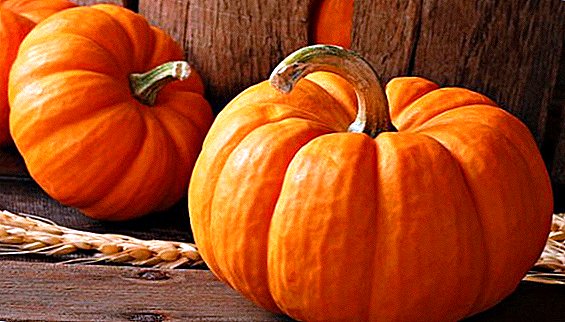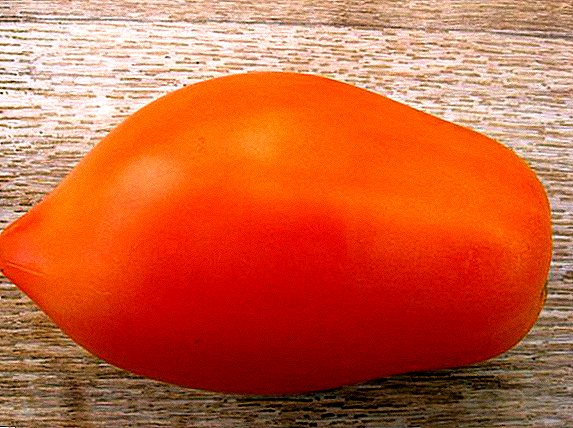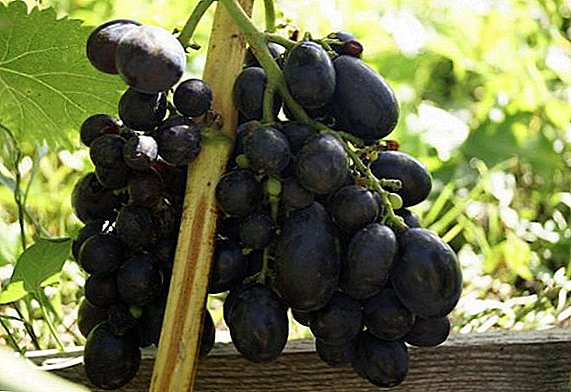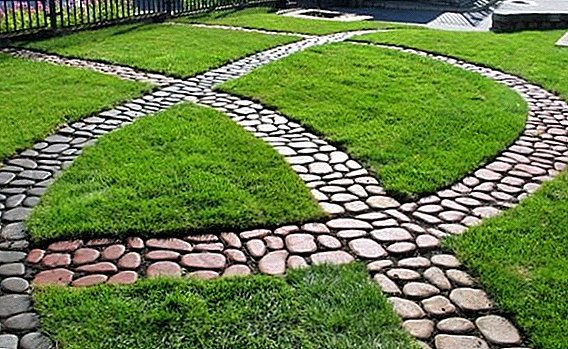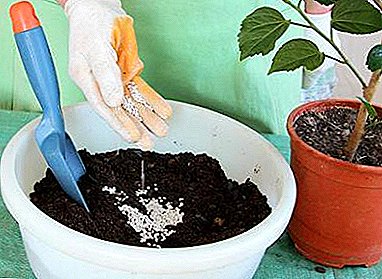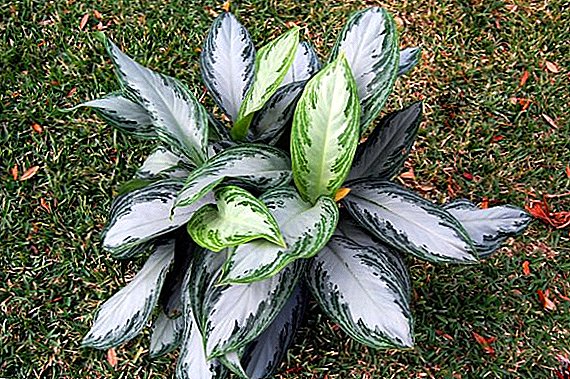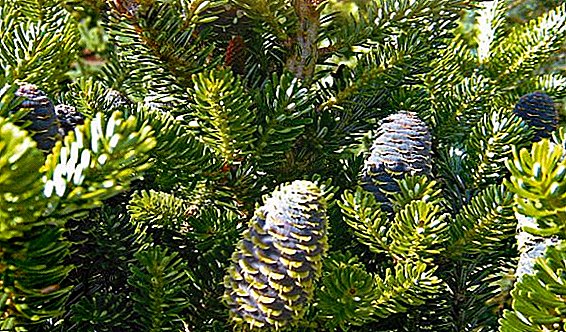 Fir belongs to the pine family. It is found in the subtropical, temperate and tropical climates of the Northern Hemisphere. More common in coniferous forests, but can grow in mixed and deciduous. There are about 50 species of the genus. Ornamental fir is often used for gardening private plots, parks, squares.
Fir belongs to the pine family. It is found in the subtropical, temperate and tropical climates of the Northern Hemisphere. More common in coniferous forests, but can grow in mixed and deciduous. There are about 50 species of the genus. Ornamental fir is often used for gardening private plots, parks, squares.
How to sow fir, seed reproduction of fir
Fir refers to those plants, the reproduction of which is possible by seeds, cuttings and layering. First consider the first method.
When and in what soil to sow fir
Unlike seedlings, which can be planted in early autumn, it is better to sow fir in the middle of spring. Choose sandy, loose soil, top with sawdust a layer of 2 cm, put the seeds and sprinkle with a layer of sawdust 1-1.5 cm thick. Liberally pour. You can sow and simply sandy-sod soil at a depth of 2 centimeters. It is not necessary to water, so as not to form a crust.
Coniferous plants such as scaly juniper, cedar pine, conik spruce, myriac foxtail, cypress, cryptomeria, larch, cedar, thuja western "Brabant", yew and hermes are rich in phytoncides - substances that suppress the bacteria that cause diseases.

Important! After sowing fir seeds, cover the greenhouse with foil, which should be removed in mid-August. By the beginning of winter, cover all with dry leaves.
Seed stratification, how to prepare fir planting material for planting
Seeds, which should be stored in a cool dry place, begin to prepare for planting in 2-3 months. To increase the germination, soften the shell, put the seeds on the stratification. Dip the seeds in a 5% potassium permanganate solution, rinse with water and soak for 24 hours. Next, they are placed in nylon bags filled with wet sand. And before you plant the seeds of fir, put everything in the fridge or snow jacket.
Did you know? Fir grown from seed will grow extremely slowly at first. For four years, it will add only 30-40 cm in height. This is explained by the fact that during this period it develops mainly the root system. Over time, growth will accelerate markedly.

Fir Seed Scheme
Six-line 2- or 3-link seed planting schemes with a seed width of 1.5–3 cm wide are now widely used. The distance between the centers of the lines can be the following: 10/10/40/10/10/70 cm or 10 / 25 (30) / 10/25 (30) / 10/70 (60) cm. If possible, use seeders.
Fir: how to care for sprouts
Sprouts sprout in 3-4 weeks. At this time, you can begin to water them and loosen the soil. Keep the soil moderately moist. On hot days, the frequency and volume of watering increase. Greenhouse should be periodically ventilated. In the summer period, three feedings are carried out using a mullein (diluted with water in a ratio of 1: 5) or 1% hydroponic solution. Combine top dressing with watering.
Once you have managed to germinate the seeds of fir and after 2-3 years, when the seedlings grow, they will need to be transplanted. Transplantation is carried out in the spring, placing the plants at a distance of 30-50 cm. During the procedure, cut off too long and damaged parts of the root system and process it with a talker, consisting of two parts of garden soil and one part of humus. Now watering and subsequent loosening is carried out once a week. The next year after transplantation, in the spring, you can make organic or mineral fertilizers. 
Planting seedlings in the garden
The last step in the cultivation of fir from seeds is to transplant 5-7-year-old seedlings to the designated place.
When landing on a permanent place, keep in mind that firs prefer loamy, rich, drained soil. Both shady and sunny parts of the plot will do. If the water stagnates, the growth of plants will slow down, and they can get fungal diseases. Although dry areas are also a bad choice.
Land in spring or early fall. Dig a planting hole in the 50-80 cm, loosen the bottom and lay if necessary a layer of drainage, suitable crushed stone, broken bricks. Add 300 g of mineral fertilizers and sawdust to the soil mixture from three parts of leaf humus, parts of sand and parts of peat. Lay everything on the bottom of the pit and arrange the roots of the plant on top. Cover garden soil so that the root neck is at ground level.
As you can see, to grow the fir from the seeds, you need to make some effort. This is a long process. But there are other ways. 
Did you know? The word "fir" comes from the German word "Fichte", meaning fir. A characteristic feature of fir-spruce is flat needles and the fact that its cones grow up and crumble on the tree, which is typical of cedars, and not other pine pine family.
Reproduction of fir cuttings
Next, we consider how to grow a spruce fir.
Procurement of cuttings
For this method of reproduction, only annual shoots with one apical bud and heel are suitable, preferably from the top of the crown of a young 4-8-year-old tree. The length should be 5-8 cm. Experienced gardeners advise not to cut, but to tear off the cutting sharply. The procedure can be carried out several times a year: in April, June (during intensive growth), in August (when lignification begins) and September-October (when the cuttings are already lignified). 
Important! Cuttings taken in the spring-summer period are planted immediately, and lignified ones should be stored until spring at a temperature of + 1-5 ° C and high humidity. Suitable plastic container in the refrigerator.Reproduction of fir cuttings involves removing burrs from the heel before planting. Heel bark should not peel off from wood. In the future, the plants are not subjected to fungal diseases, they must be kept in a 2% solution of captan, foundationol or strong potassium permanganate.
Features rooting cuttings of fir
Mix equal parts of sand, humus and leaf earth. Plant cuttings about 10 cm apart in this substrate and cover with glass or polyethylene. Liberally pour. If possible, arrange lower heating (2-3 ° C above room temperature). Place the cuttings in a bright place without direct sunlight. Daily air. In the spring, water from a small watering can every day, in the summer - up to four times, then watering should be reduced again to a day. 
Reproduction of fir cuttings - This is not a 100% way. Usually about 60-70% do not take root. If you started to root the plants in spring, do not disturb them until next year. Gradually temper them, opening the greenhouse for a longer period. Do not overdry, but do not overmoisten the substrate. In late spring, it is already possible to plant plants in separate containers. After the beginning of rooting, it is useful to spray the cuttings with mineral nutrient mixture.
Check out the most popular species and varieties of fir.
Planting cuttings in open ground
Best of all, fir from cuttings will be used if planted in open ground in warm cloudy weather, under rain. Planting cuttings is carried out in the same way as seedlings.
Important! If the firs are planted for alleys, then leave between them a distance of 4-5 meters. If for hedges - about 2.5 meters. If the landing will be a group, then - 3-3,5 meters.Do not forget about regular watering after planting.

How to propagate fir layering
To save varietal varieties of fir, rarely, but still used for reproduction, not only cuttings, but also cuttings. This method does not guarantee that the conical shape of the crown will remain. Creeping or crooked plants often grow. But there are practically no worries with this method.
In the spring or early summer, you need to bend the branch to the ground and prikopat, lifting the top. Fix the bend with wire or weight. Carefully cut at the base of all the branches that fall into the ground. Under large branches, make cuts to wood or wire stitching. Do not rush to separate the branch from the parent plant, spend it in stages, gradually cutting the junction. Rooting lasts 1-2 years, during this period, maintain a flat ground moisture.
The article was about the fir, the features of its reproduction. Each method has its advantages and disadvantages. After reviewing the information provided, you can choose the most suitable for yourself and easily implement it.



